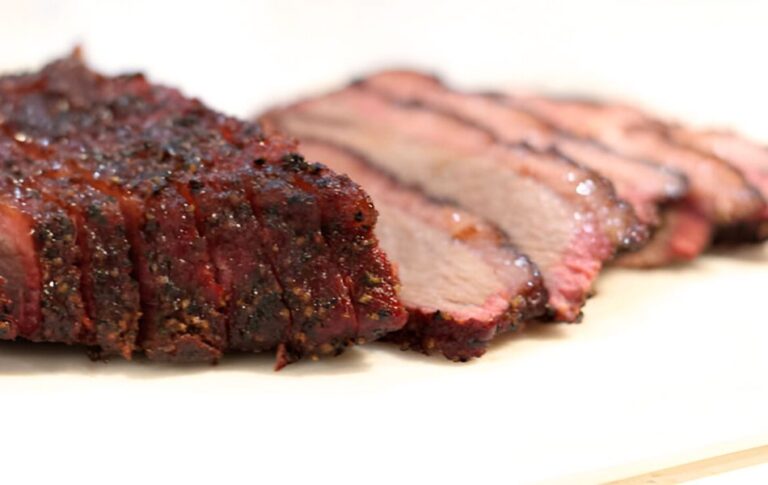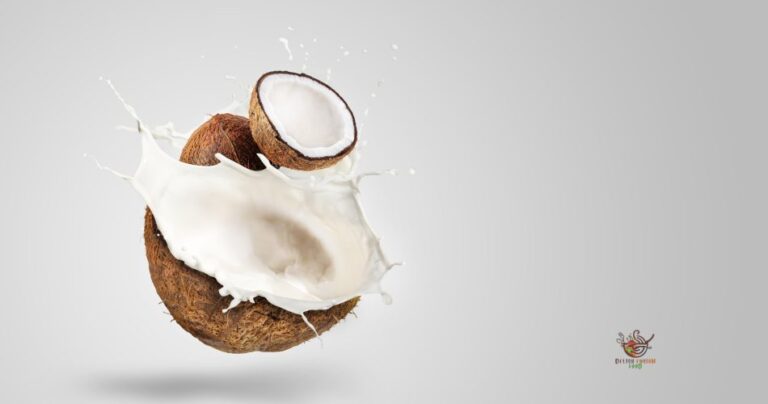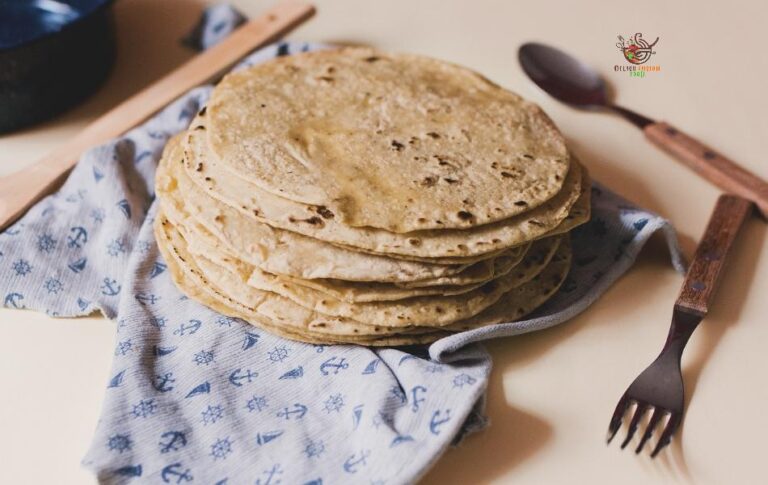Cheesecake Fun Facts – Satisfy Your Curiosity
Cheesecake, a mouthwatering dessert with a rich history, is enjoyed for its various flavors and styles. Despite its reputation as a calorie-laden indulgence, it boasts high levels of flavonoid antioxidants that combat aging and disease.
The American-style cheesecake, often mistaken for a cake, is a custard pie encased in a crust. It’s made by pouring ingredients into a pre-baked crust.
Cheesecake Nutrition
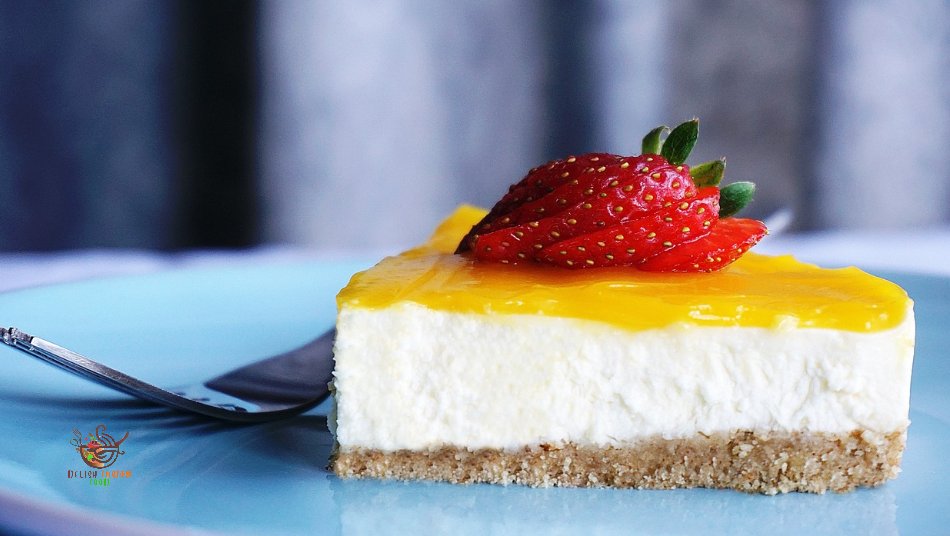
Cheesecake’s nutritional content varies depending on the specific type of cream cheese used, such as regular, double-cream, whipped, and flavored cream cheese.
In general, 1 ounce (28 grams) of plain cream cheese provides the following nutrients:
- It offers 10% of the Daily Value of Vitamin A.
- It contributes 5% of the DV for Riboflavin (vitamin B2).
- It contains 2 grams of carbohydrates.
- It has no dietary fiber.
Cream cheese is high in fat, low in carbs and protein, and is a good source of vitamin A, along with some riboflavin (vitamin B2). Whipped cream cheese, in comparison, has less fat and fewer calories per serving.
Health Benefits of Cheesecake
Cheesecake, particularly its cream cheese component, offers health benefits. Cream cheese contains antioxidants that protect your body from damaging free radicals.
It also provides small amounts of important eye-healthy carotenoid antioxidants, such as lutein and zeaxanthin.
Additionally, cream cheese has minimal lactose, making it potentially suitable for many individuals with lactose intolerance.
Furthermore, cream cheese is a good source of vitamin A, supporting vision, the immune system, and various body tissues.
Cheesecake Fun Facts
Cheesecakes Date Back to Ancient Greece
Cheesecake likely started on the Greek island of Samos many centuries ago. Researchers found cheese molds dating back to 2,000 BC. Back then, people made cheesecake using simple ingredients: flour, wheat, honey, and cheese, all mixed and cooked on a clay griddle.
Cheesecake at the First Olympic Games
At the inaugural Olympic Games in 776 BC, athletes were offered cheesecake to boost their energy levels during competition.
Greek Wedding Cake Tradition
Cheesecake was a hit at Greek weddings, often serving as the wedding cake. Greek brides would make and offer cheesecakes to their new husbands’ friends, a gesture of hospitality. This tradition contributed to the modern practice of having wedding cakes
Roman Savillum – an Ancient Cheesecake
The ancient Romans made a type of cheesecake called Savillum. They sweetened it with honey, not sugar, and an old recipe recommended sprinkling poppy seeds on it. You can still find recipes for it today if you want to taste the authentic flavor of ancient Rome!
The Birth of American Cheesecake
American cheesecake is relatively young, just around 150 years old. In 1872, William Lawrence from Chester, New York, stumbled upon a way to create a thicker and creamier “unripened cheese” while trying to mimic the French cheese Neufchâtel. This discovery led to the birth of Philadelphia cream cheese, which is now the most popular choice for making cheesecakes.
Varieties of Cheesecake
While New York cheesecake is widely known, it’s not the only kind. There are many cheesecake varieties to explore, including traditional, Chicago, Italian, Vegan, Japanese “cotton” cheesecake, and no-bake cheesecake.
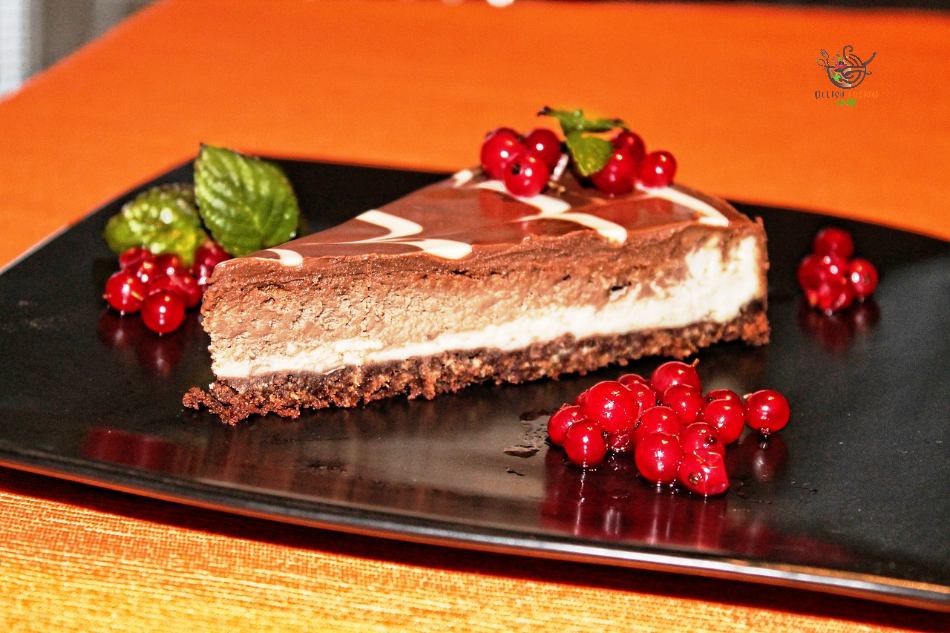
New York Cheesecake and Baking Methods
New York Cheesecake stands out from other cheesecakes because of American baking methods. It’s baked in the oven, unlike the European version that chills in the fridge. American cheesecake has a custard-like texture, unlike the creamier European style.
Cheesecake: More Like a Tart Than a Cake
It’s surprising, but cheesecake isn’t really a cake; it’s more like a tart. The name “cheesecake” remains a mystery, but the crust on the bottom and sides makes it more like a tart than a cake.
The World’s Largest Cheesecake
The Cheeseberry Company (Russian Federation) created the largest cheesecake ever on September 23, 2017, in Stavropol, Russian Federation, weighing in at a whopping 9,347.60 pounds or 4,240 kilograms. This massive cheesecake stood at a height of 2 feet and 9 inches (0.85 meters) and had a diameter of 9 feet and 2 inches (2.8 meters). That’s a lot of cheesecake to enjoy!
The World’s Priciest Cheesecake
Chef Raffaele Ronca from the USA crafted the world’s priciest cheesecake, which fetched a staggering $4,592.42 when it was sold on October 30, 2017, at Ristorante Rafele in New York. The cheesecake’s ingredients featured white truffle, gold leaves, and buffalo ricotta, and it took him approximately five days to complete this creation.
Historical Changes in Cheesecake Recipe
In the history of cheesecake, bakers typically included yeast as an ingredient. It wasn’t until the 18th century that Europeans changed the traditional recipe by eliminating yeast and including eggs. This modification resulted in a sweeter flavor profile, as it removed the yeasty taste.
The Cheesecake Factory’s Impressive Lineup
Tasting the entire Cheesecake Factory cheesecake lineup, with 33 flavor variations, would set you back approximately $400. This iconic American restaurant chain is renowned for its diverse cheesecake offerings.
Cheesecake-Flavored Postage Stamps
Austrian Postal Services sold cheesecake-flavored postage stamps, including strawberry cheesecake, macadamia nut brittle, and cookies and cream, originally created by Haagen-Dazs. A fun twist on sending letters!
National Cheesecake Day in the U.S.
In the United States, people celebrate National Cheesecake Day every year on July 30th. Due to the widespread love for cheesecake, they have also established four additional cheesecake days to celebrate specific cheesecake flavors throughout the year.

South African Cheesecake
South African cheesecake is made with a digestive biscuit crust and a filling of cream cheese, whipped cream, and gelatin. It’s easy to prepare, doesn’t need baking, and sometimes includes Amarula fruit liqueur. These cheesecakes are known for their simplicity and reliability.
Japanese Cotton Cheesecake
Japanese cotton cheesecake, also called soufflé-style cheesecake, is light and airy, resembling chiffon cake. It’s made from cream cheese, butter, eggs, and sugar. Chef Tomotaro Kuzuno created this cheesecake after being influenced by German kasekuchen.
Versatility of Cheesecake Ingredients
Cheesecake stands out as one of the most versatile baked goods. You can replace each component with entirely different ingredients, and this goes beyond just substituting sugars. Instead of cream cheese, you can use mascarpone or ricotta, and when it comes to toppings and fillings, you have the freedom to use virtually anything that suits your preferences.
No-Bake Cheesecake for Easy Preparation
The easiest cheesecake to prepare is the no-bake variety. It only requires chilling in the fridge, eliminating concerns about your cheesecake cracking or sinking in the oven.
Serving Cheesecake: Hot or Cold
You can serve cheesecake either hot or cold, but it’s more common to enjoy it chilled and topped with whipped cream or other toppings such as fresh berries, toffee sauce, or caramel sauce.
Alternative Crusts for Cheesecake
Most cheesecakes start with a graham cracker crust, but you can use other things if you prefer. Many people like using crushed Oreo cookies or ginger cookies for the base.
New York’s Official Dessert: Cheesecake
New York State has named cheesecake its official dessert. They love cheesecake, so it’s no wonder it represents their state. Who wouldn’t want cheesecake as their official hometown dessert?
Cheesecakes on “The Golden Girls”
During the seven years of production for “The Golden Girls,” the cast consumed over 100 cheesecakes. According to insider sources, only the cast members had the privilege of enjoying these cheesecakes.
Basque Cheesecake’s Unique Baking Process
A Basque cheesecake intentionally undergoes a deliberate browning process. This cheesecake hails from the Basque region in Spain and features a uniquely scorched top and sides. It bakes at high temperatures, resulting in a creamy center and caramelized outer edge.
From ancient Greek origins to modern innovations, cheesecake’s diverse history and delightful flavors continue to captivate dessert enthusiasts around the world. Whether you savor it for its rich tradition or healthful qualities, cheesecake remains an irresistible indulgence.


